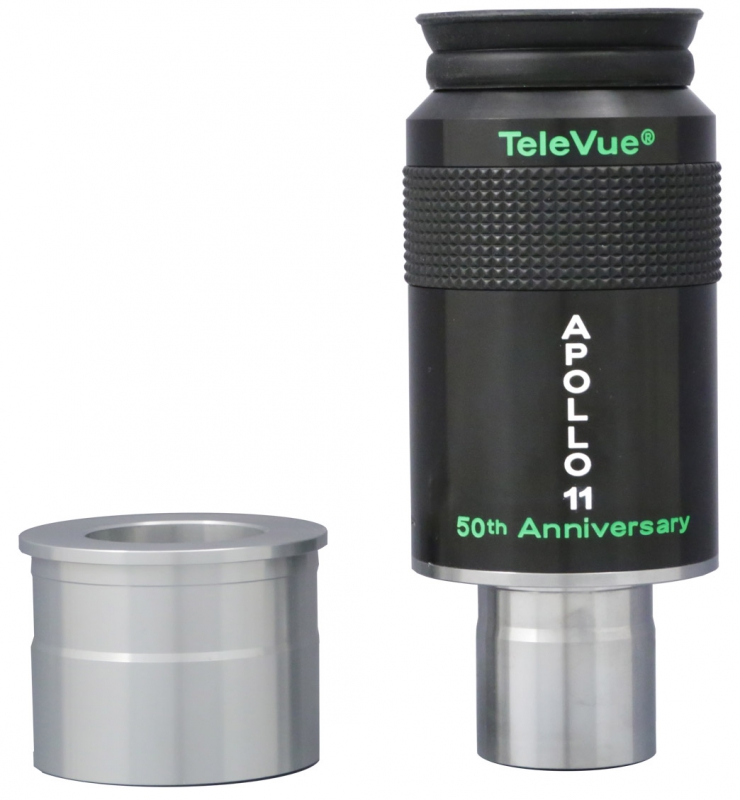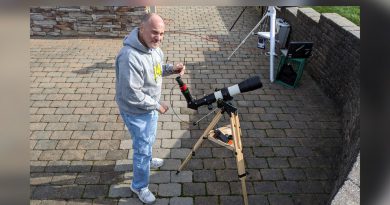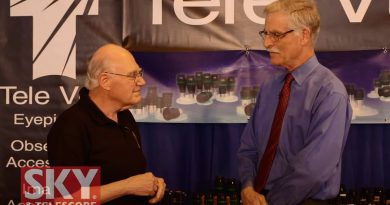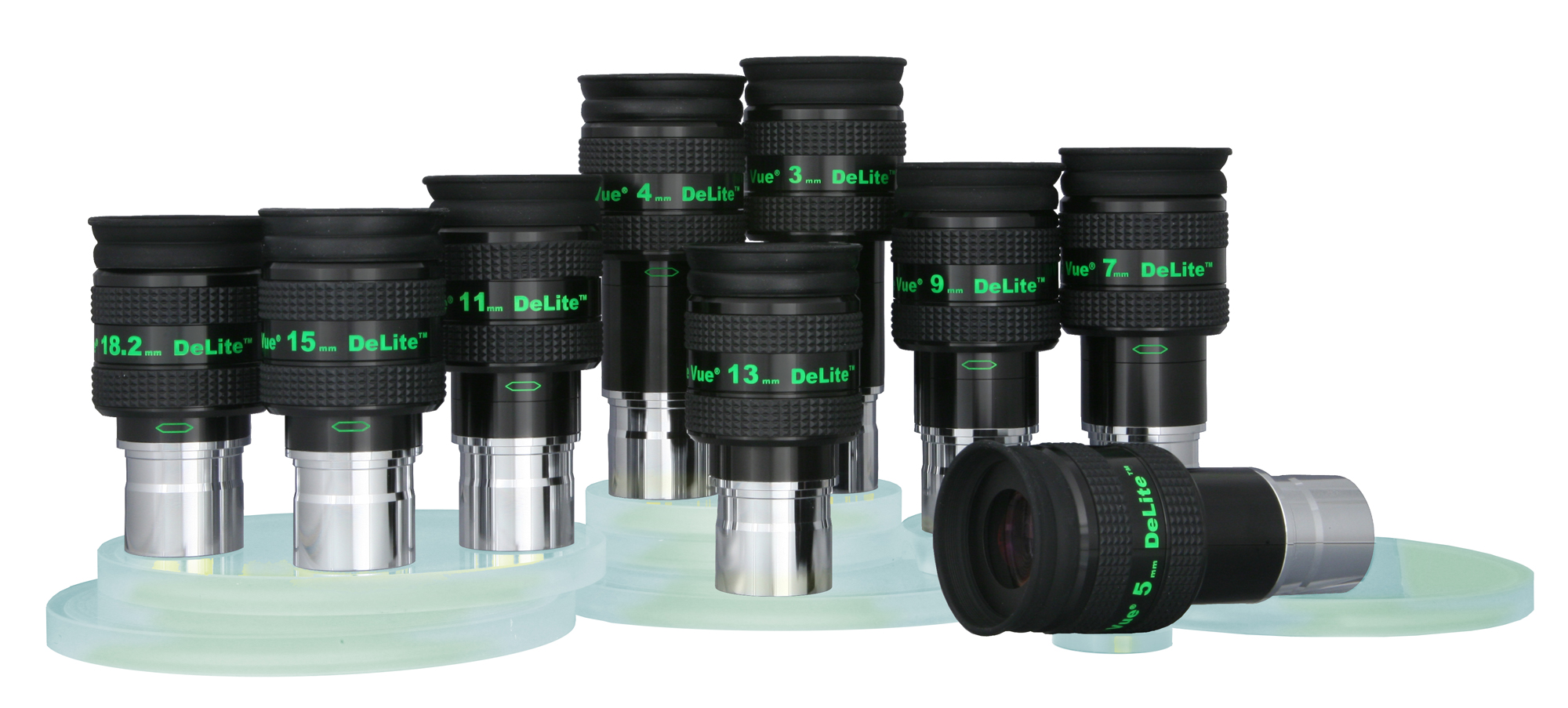50-Years After Apollo: One of Al Nagler’s Designs is Scheduled for Launch! – P.U.N.C.H.

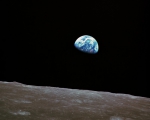
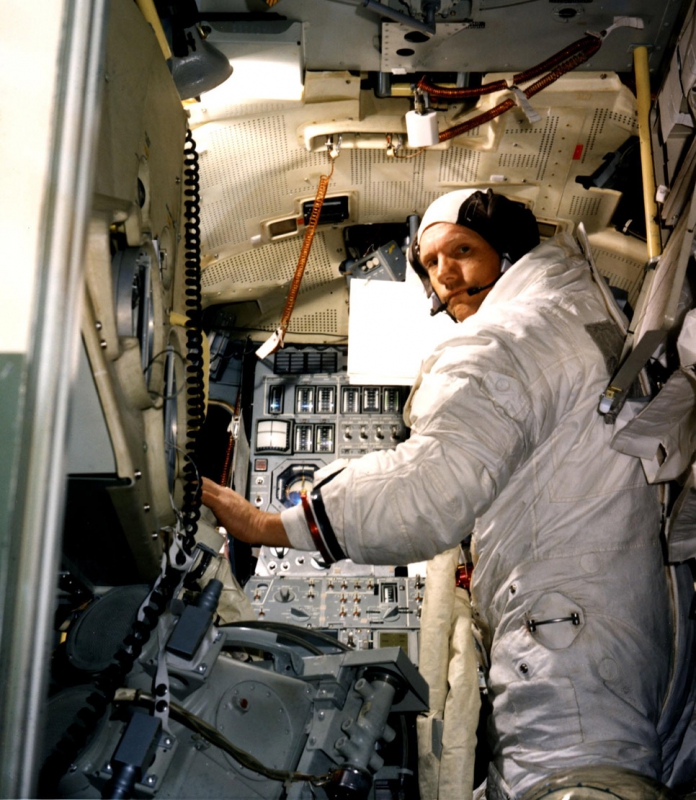
“just like the simulator”
This golden anniversary year of the Moon Landing has focused renewed interest on the simulators. Teasel Muir-Harmony, Ph.D. is curator of the National Air and Space Museum’s Apollo spacecraft collection. She wrote about the simulators in her book: Apollo to the Moon: A History in Fifty Objects (National Geographic, 2018). “Apollo astronauts spent hundreds of hours training in these simulators in the months leading up to their missions. During each of the lunar missions, the astronauts inevitably compared the real experience of flying to the moon to the virtual experience that they had encountered during training. The phrase ‘just like the simulator’ can be found in the transcripts from every Apollo mission.”
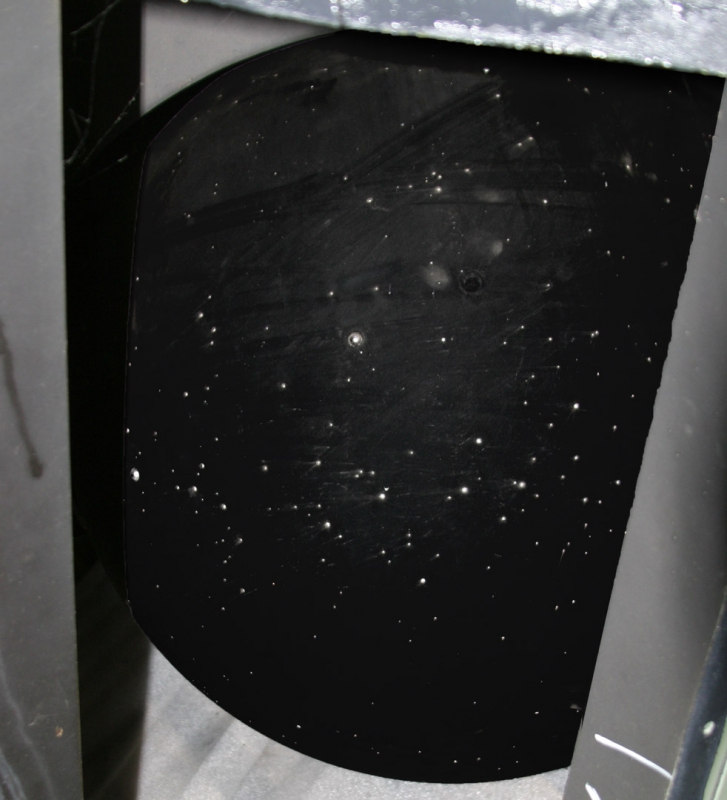
“They were just incredible, gorgeous stars”
A major component of the Lunar Module simulator was the “Celestial Sphere” or “star ball.” It simulated the star fields as the astronauts would see them in the sky. This was handled by embedding more than 1,000 ball bearings on a black sphere — each bearing was sized to match the magnitude of an actual star. In a little improvisational move, Al had some of the ball bearings gold-plated to match the hue of Betelgeuse, Antares, and Aldebaran. Illuminated by a small light source and controlled by motors, the image of this sphere was projected into the simulator “window.” How good was the simulation? One person familiar with NASA simulators considers the Celestial Sphere to have been the best representation of the heavens. The following is from the NASA Johnson Space Center Oral History Project interview of Francis E. “Frank” Hughes in March 2013. He started work at Kennedy Space Center “the same day that the first box of the Apollo simulator was arriving in this big empty building” and stayed at NASA through the Space Shuttle era. In this excerpt he talks about the “Celestial Sphere.”
Going back on the simulator, that was the best star simulator we had ever had. They had a two and a half foot diameter ball, a black sphere, and they had mounted steel balls on it. They had actually half drilled so you could take a steel ball and set it, and glue it into the ball. They did about 1,900 stars. It’s used what is called a specular reflection. If you look at this mouse, it’s not round, but this round object, you can see how you’re seeing the reflection here. If you have one that’s very, very solid that’s white, then you’ll only see one point. The Sun is shining on it, you have one point. Looking at a distance, it looks like a star. It doesn’t show like a ball anymore; it’s called a specular reflection.
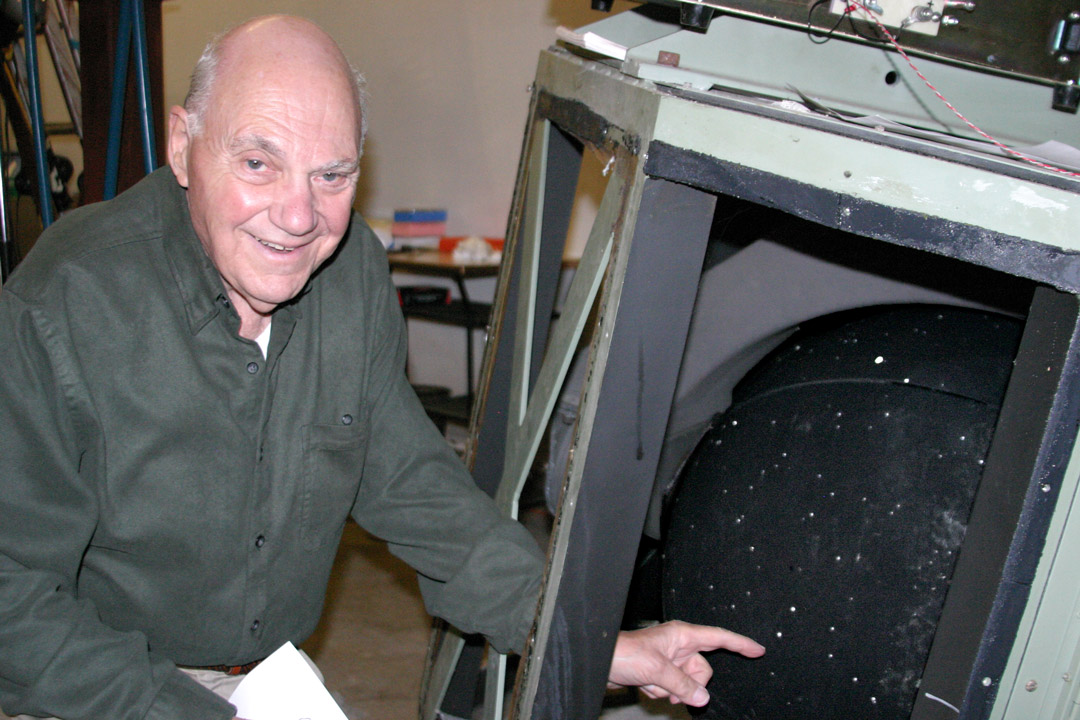
They were just incredible, gorgeous stars. They even colored it a little bit; some of the stars are kind of like orangey, so they put on little gold-covered ball on there, and you had some image of color as well. It was just something else, so much better than anything we’ve done, even till today. The digital simulations, if it’s a real faint star it’s one pixel, and if it’s a little bit brighter, it’s two pixels. Whoa! Two pixels, so it’s a little line there, if you put three of them, or four, and so on. It’s never the same, and you’re getting more brightness behind more pixels, but that’s not the way the world works. We survived, and trained all these guys over the years, but those first ones were the best. In fact, I want to get a star ball and put it over in Space Center Houston sometime, just to let people see what it makes. You could turn on a light and look at that, so you could see what the night sky would look like up there.
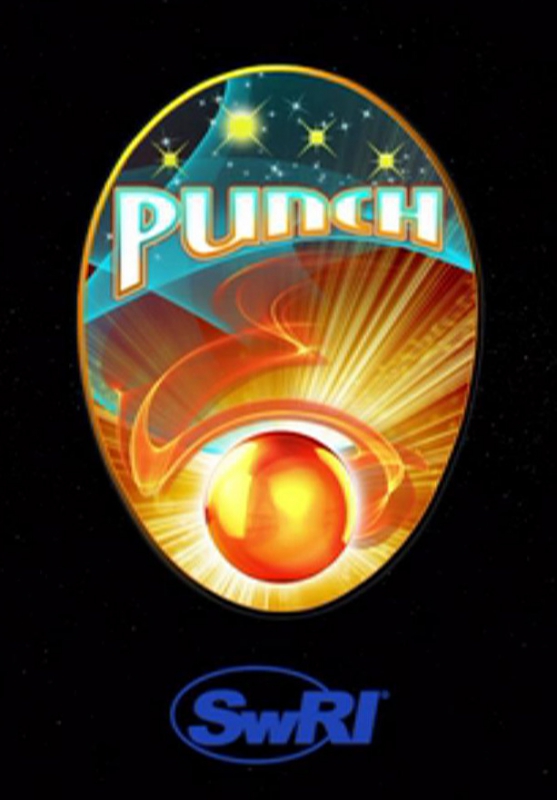
Image Credit: Courtesy of Southwest Research Institute
- NASA Selects SwRI’S PUNCH Mission to Image Beyond The Sun’s Outer Corona (SwRI press release)
- History of the Nagler eyepiece and the Lunar Module Simulator can be found in: The Eyepiece That Changed Observing (Astronomy, Dec. 2005).
- Tele Vue’s Secret Launch blog post on the Apollo 11 eyepiece.
Did you observe, sketch, or image with Tele Vue gear? We’ll like your social media post on that if you tag it #televue and the gear used. Example:
#televue #tv85 #ethos #jupiter
Do you want your Tele Vue images re-posted on Tele Vue Optics’ Social Media accounts? Use this hashtag for consideration:

